I am almost certain, that I came out of the womb with a camera in my hand. Okay, it may not have been quite that early that the photography obsession started, but as evidenced by the below, it clearly wasn’t much later than that. When you come from a family of very artistic people, playing with film canisters and boxes instead of toys as a toddler isn’t all that weird.
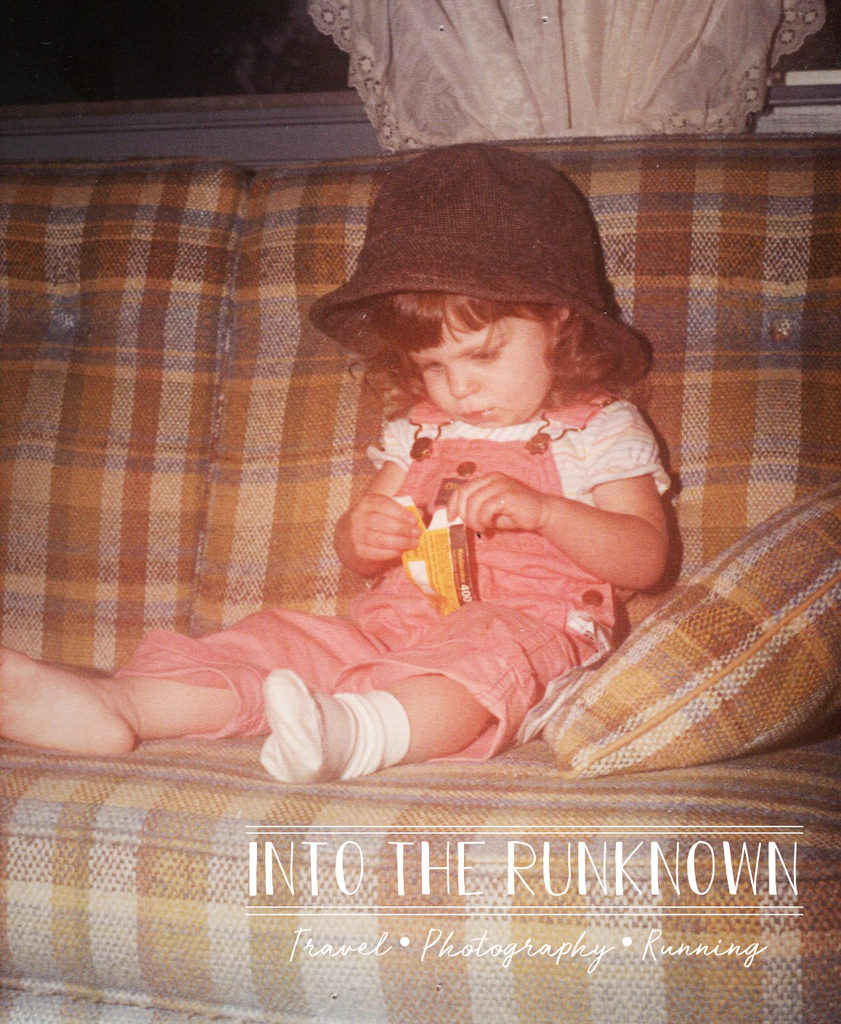
I was roughly 7 or 8 years old when I got my first camera. Film of course, as digital cameras hadn’t quite made it out to the consumer world in 1988. I didn’t care though; I had a camera, and not just any boring old camera, a Kodak Mickey Mouse 110 film camera…that was of course pink! Much like my camera today, it went everywhere with me, though I couldn’t even tell you at this point what I took pictures of.
Fast forward to high school where they offered both photography minor (3 days a week) and photography major (5 days a week), shooting black and white film and processing your own film and prints in the dark room/wet lab. I took photography minor and was hooked, moving on to photography major the following year and eventually in college earned a Bachelors of Studio Art in Photography and Graphic Design.
Developing your own photos is similar to watching a Polaroid photo develop. The paper is white to start out, but is exposed to light that shines down through your negative in an enlarger (as shown below). Once exposed, you drop the paper in a bath of developer and your image magically comes to life on the paper. You can make the image brighter or darker by changing the amount of time you allow the light to shine through the negative and can change the contrast by turning on colored filters below the lamp. While it sounds fairly simple, it can take a lot of practice and trial and error to get a printed image to turn out just right.
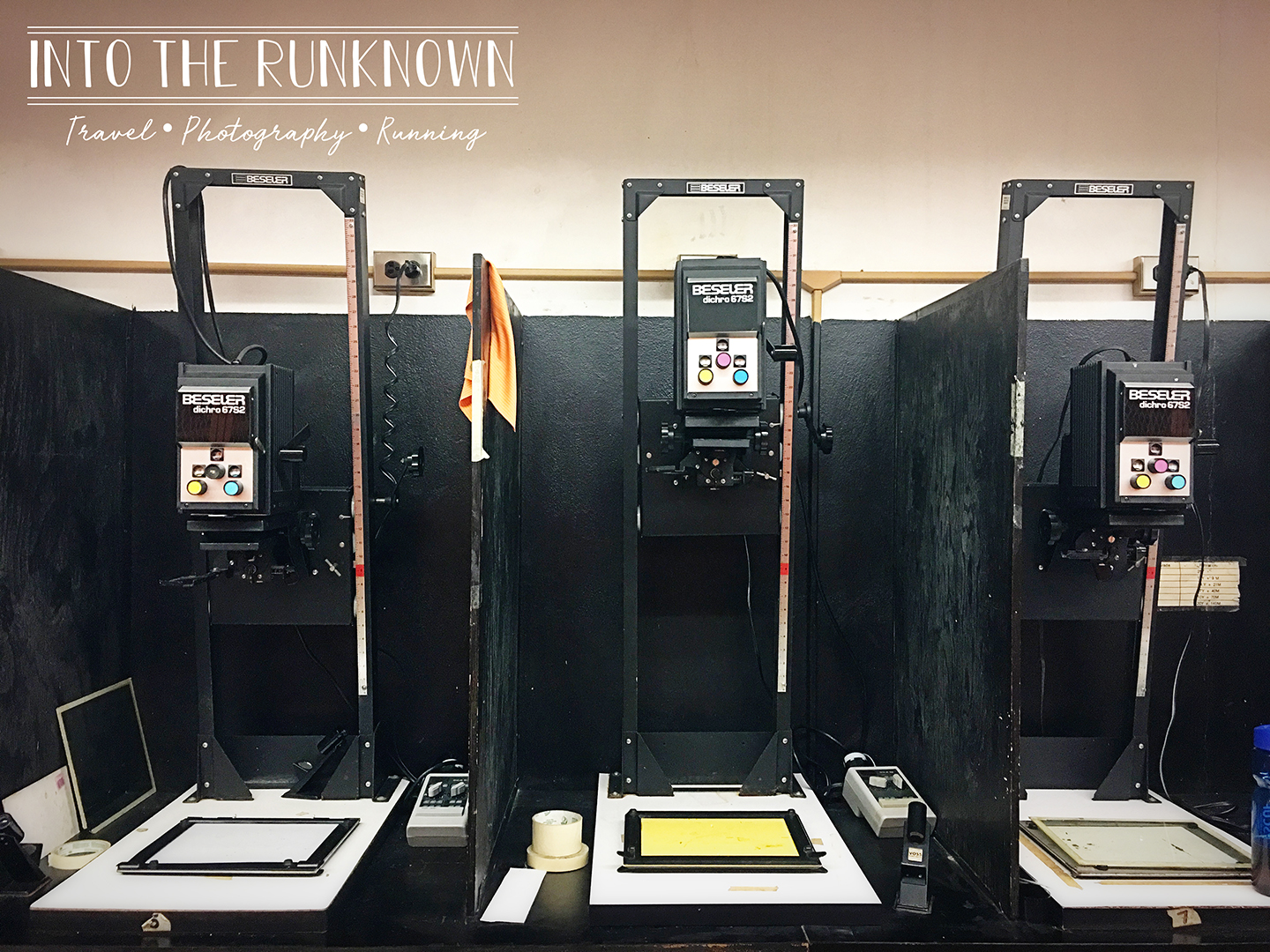
Looking back at the prints I saved from high school, and even college, they are hilariously awful, and to be honest, I didn’t 100% understand all of the technical aspects of using my camera in manual mode. In my slight defense though, it was the days of film. You took a photo, ideally made notes of your camera settings and had to patiently wait until the roll was complete, so you could either develop it yourself or have a lab develop it for you. Not being able to see the photo right away, it was hard to understand or even remember at that point what you were doing wrong. Once I got my first Digital SLR (DSLR) camera though, everything changed. I could take a photo and instantly see on the back of the screen what it looked like. From there I could play with the various settings until I had a result I was happy with. It took a little while to click (no pun intended), but I finally really understood it and could focus more on the subject matter, as the settings became second nature.
While my camera skills were improving, this was still just a hobby for me, as the only semi-realistic (at the time) options to pursue a career in photography were either to work for very little money with zero creativity at a mall portrait studio or assist for the old school “boys club” of wedding photographers, who at the time were still wearing full tuxedos and shooting weddings on medium format film. Instead I ended up working a few random jobs here and there, to start chipping away at my college loan that needed to be paid off.
In 2005, a good friend since middle school was getting married. She asked me to bring my DSLR with me to take some candid photos throughout the day, as most professional photographers back then only shot very formal posed images. I obliged and happily shot a bunch of candid images that day, making sure to stay out of the pros way. Later that week while they were away on their honeymoon, I downloaded them and printed out fifty or so to give to them in a small album, which she proudly showed off to everyone, as her professional images weren’t going to be ready for weeks. Virtually everyone she showed thought they were from the professional, to which she explained, no, my friend took these for us.
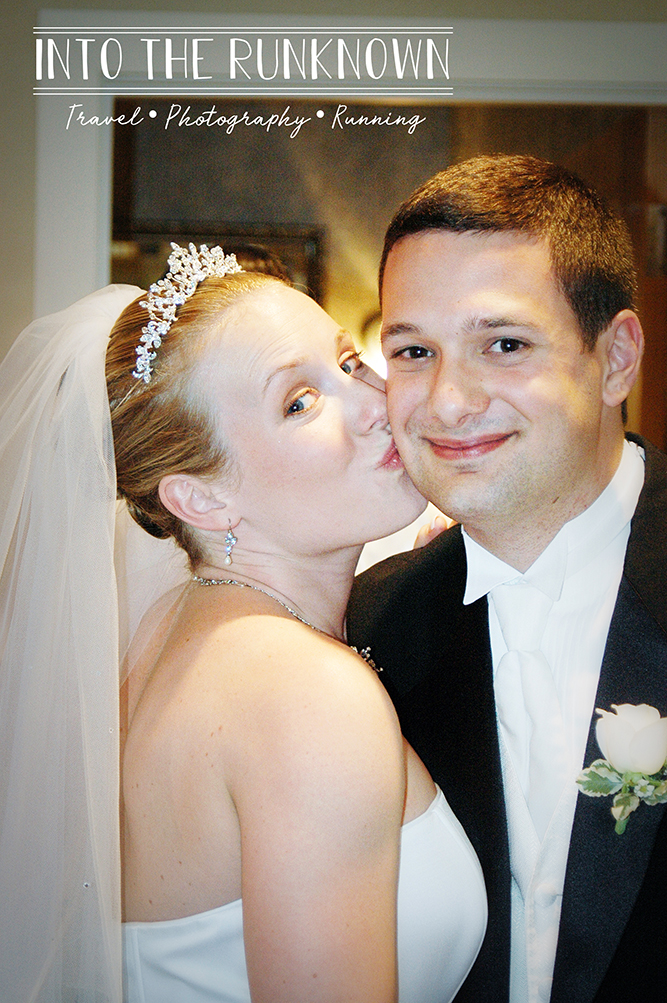
The next thing I know, mutual friends who were also planning weddings were calling me asking me to shoot their weddings…but as the only hired photographer. I was terrified! I had never shot anything for money, what if I messed everything up! I didn’t even have proper equipment. I reluctantly agreed and took a retainer…then ran off to the camera store to buy an off camera flash and a few other things that felt like a good idea to have on hand. I brought my friend as my assistant/moral support squad. Thankfully for all of us, the day went smooth and I delivered my first professional wedding photos.
Word continued to spread, and even more friends reached out to hire me for their weddings. I started a website and had a friend help with a logo. I didn’t have the budget back then to advertise in any magazines or newspapers, so I posted an ad on Craigslist offering free family shoots, in return for letting me use the images to build my website. Some people took their photos and I never heard from them again, others are still coming back to this day for weddings, newborn shoots and family sessions!
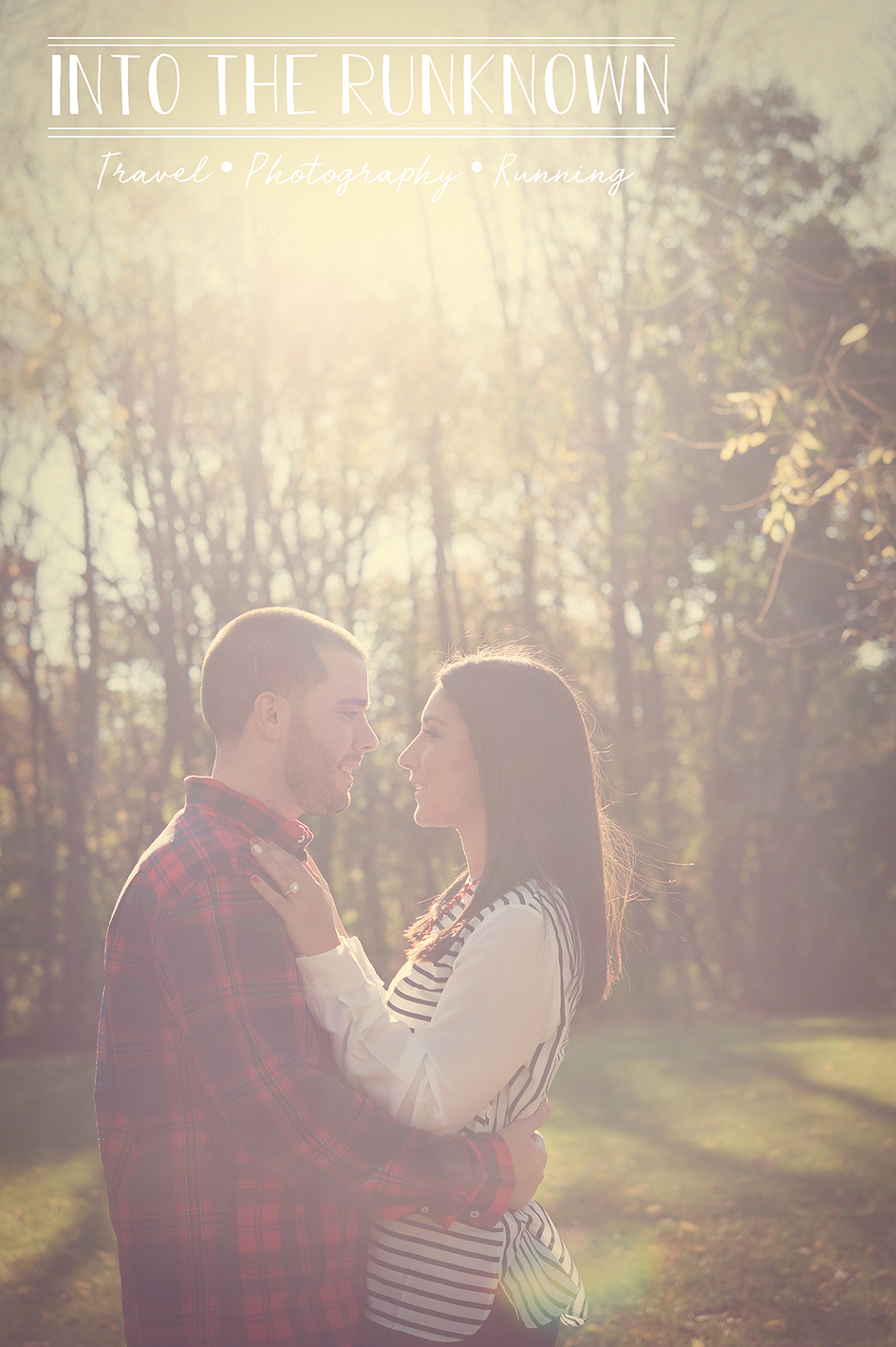
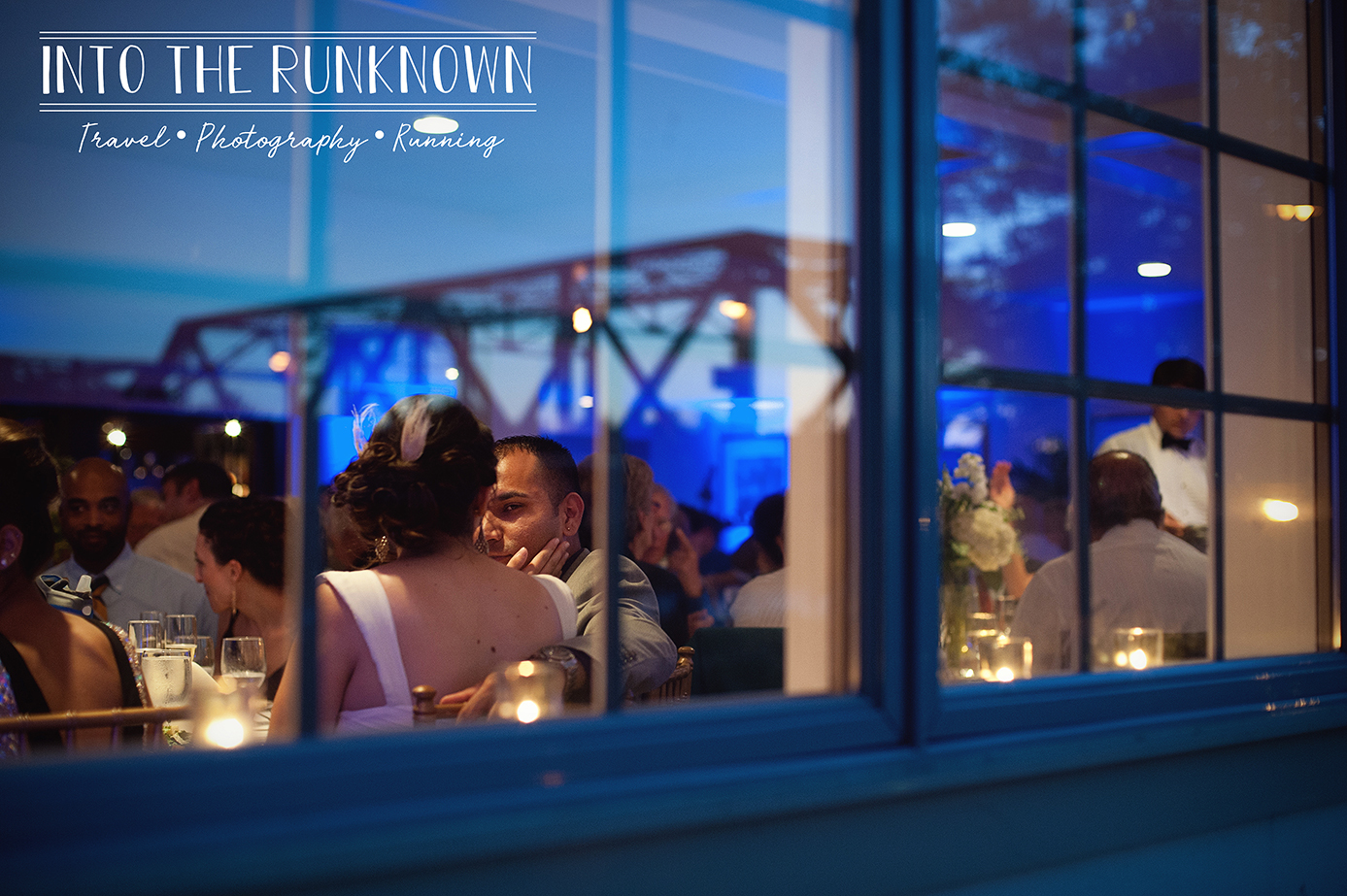
Business was booming, and I started to consider the possibility of quitting my full time job to pursue photography as a full time career, but alas reality set in. I was in my late twenties, still living at home and still up to my eyeballs in student loan debt, so I continued to work both my full time job and my then very demanding client schedule. I was shooting back-to-back weddings in a single weekend, with family sessions mixed in, and was staying up until the wee hours of the morning, struggling to keep up with the demand of editing and album design deadlines, then going to my full time job on only a couple of hours of sleep. There was also the business aspect of invoices and collecting payments and paying business taxes. It was exhausting and taking a massive toll on my body, my mental health and my social life (or complete lack there of). I felt guilty taking any time for myself, knowing I owed clients images and albums. One weekend I was so exhausted, I went to the wrong location for family session number five of a single weekend, with a new client of course. That was the breaking point! It was time to cut back.
I stopped advertising, and I made the hard decision to stop shooting weddings and let go of the dream to pursue photography as a full time career. Some people may consider this a failure, but I like to look at it as a step towards living a much happier life!
Now I only shoot a minimal number of family sessions a year, which is much more manageable, and instead focus on improving my skills as a documentary photographer in my travels around the world.

Part of the purpose for this blog is to serve as a creative outlet, to give myself a reason to push outside my comfort zone as a photographer and hopefully create better images, but without the pressure of set deadlines. Now when I travel, instead of snapping away like a typical tourist (though there will always be some of that occurring), I try to use my years of experience photographing people to capture more of the spirit and culture of the locals who call that place home.
A week in Cuba in 2017 was the true start to this journey of my stepping outside my comfort zone as a photographer, and while I still have a long way to go, I am happy with my progress thus far.
Be sure to check back in two weeks, when the first of many posts journaling my adventure in Cuba goes live!